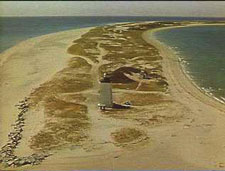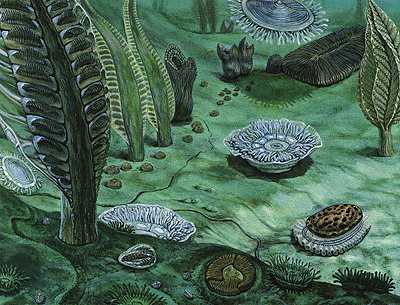Have you ever wondered about what lies beneath the ocean waves? Are you curious when you swim, snorkel, or dive as to what you are seeing?
Our course is all about discovery and how you see the world in order for you to consider, examine, and publicize how some people are restoring natural parts of our water-surrounded world.
 Islands in the Stream is an active learning class about coastal conservation and development concerning current national commitments to protecting natural resources. The seashore is a magnet for people. More than half the nation lives within one hour of the coast and among the fastest growing parts of the country are ocean front communities. Worldwide over half the planet lives in coastal areas where 60 percent of the ocean fishery resources spawn or spend part of their life cycle in coastal waters. Coastal counties generate fully half of the United States economic productivity.
Islands in the Stream is an active learning class about coastal conservation and development concerning current national commitments to protecting natural resources. The seashore is a magnet for people. More than half the nation lives within one hour of the coast and among the fastest growing parts of the country are ocean front communities. Worldwide over half the planet lives in coastal areas where 60 percent of the ocean fishery resources spawn or spend part of their life cycle in coastal waters. Coastal counties generate fully half of the United States economic productivity.


The sea’s shifting salient islands are the world’s vulnerable edge, requiring preservation to protect the core of their productive capacities. Join us for the sand, surf, sun, and stupendous discussions about the beauty of the sea.
Course Objectives:
1) To present an overview of the science of coastal ecology and how conservation policies originated and are practiced today.
2) To infuse specified concepts of estuarine circulation and ecology into a multidisciplinary analysis of the Earth's island and river mouth regions.
3) To engage and elevate students’ interest and curiosity in coastal habitats and expose them to those allied sciences used in the study of oceans and nearshore waters.
4) To reveal in the literature and history of this “water-surrounded world” the whereabouts and the extent of scenic beauty, biological productivity, and coastal vulnerability.
Student Learning Outcomes:
1) Identify in writing how sustainable practices regarding coastal and estuarine resources (such as fisheries, hydrocarbons, & recreation) are crucial to influencing both the world economy and our students’ present and future life.
2) Demonstrate how estuaries and coastal habitats are connected to and derive from major Earth processes, such as atmospheric and oceanic circulation, hydrological and chemical cycles, plate tectonics, and the co-sustainability of human and marine populations.
3) Discuss the importance of coastal conservation as part of global initiatives and political decisions to protect fisheries and wildlife dependent populations today and in the future.
4) Explain the productivity of estuarine marshes and the relationship of coastal geomorphology to shoreline features of the ocean shore.
5) Analyze atmospheric and oceanic circulation systems as they impact coastal, riverine, and island formation.
6) Describe the principles involved in the generation of waves and tides and evaluate their effects on coastal processes and estuarine ecosystems.
7) Summarize the major physical and chemical properties of seawater and how each affects estuarine life.
8) Explain the relationship between plants and animals along the coast and how affects of cycling matter and energy through the atmosphere and lithosphere nourish estuaries and nearshore waters.
9) Categorize and examine the consequences of a rise in sea-level on the coastal zone and society with or without possible mitigation and adaptation strategies.
| Week | date | Topic | Lecture discussions | Recordings | Readings | points |
|---|---|---|---|---|---|---|
| 1 | ||||||
| 2 | ||||||
| 3 | ||||||
| 4 | ||||||
| 5 | ||||||
| 6 | ||||||
| 7 | ||||||
| 8 | ||||||
| 9 | ||||||
| 10 | ||||||
| 11 | ||||||
| 12 | ||||||
| 13 | ||||||
| 14 | ||||||
| Final | ||||||


 The Ediacaran sea floor.
The Ediacaran sea floor.